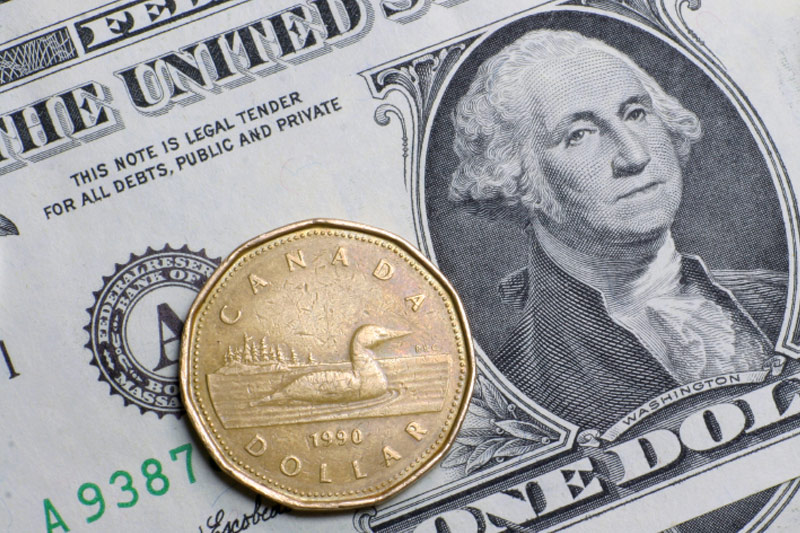Investing.com - The U.S. dollar slipped back toward five-month lows against its Canadian counterpart on Friday, after the release of upbeat Canadian retail sales data and as rising oil prices continued to lend support to the commodity-linked Canadian currency.
USD/CAD hit 1.2941 during early U.S. trade, the session low; the pair subsequently consolidated at 1.2965, edging down 0.10%.
The pair was likely to find support at 1.2897, the low of October 19 and resistance at 1.3134, Thursday’s high.
Statistics Canada said that retail sales increased by 2.1% in January, exceeding expectations for a 0.6% gain. Retail sales fell by 2.1% in December, whose figure was revised from a previously estimated 2.2% drop.
Core retail sales, which excludes automobiles, rose 1.2% in January, compared to expectations for a 0.4% uptick. Core retail sales declined by 1.7% in December, whose figure was revised from a previously estimated 1.6% fall.
A separate report showed that Canada’s consumer price index rose 0.2% last month, disappointing expectations for a 0.4% gain, after a 0.2% uptick in January.
Year-on-year, consumer prices increased by 1.4% in February, compared to expectations for a 1.5% rise.
Core CPI, which exlude the eight most volatile items, rose by 0.5% last month, in line with expectations, after a 0.3% uptick in January.
The Canadian dollar found support as oil prices moved back above $40 a barrel amid fresh hopes for a potential production freeze by major oil producers.
Meanwhile, sentiment on the greenback remained vulnerable after the Federal Reserve left its monetary policy unchanged on Wednesday and said that it is likely to raise interest rates twice this year – and not four times, as initially estimated.
Fed policymakers said the U.S. economy faces risks from an uncertain global economy, although moderate growth and "strong job gains" would allow it to tighten policy this year.
The loonie was higher against the euro, with EUR/CAD sliding 0.35% to 1.4635.
